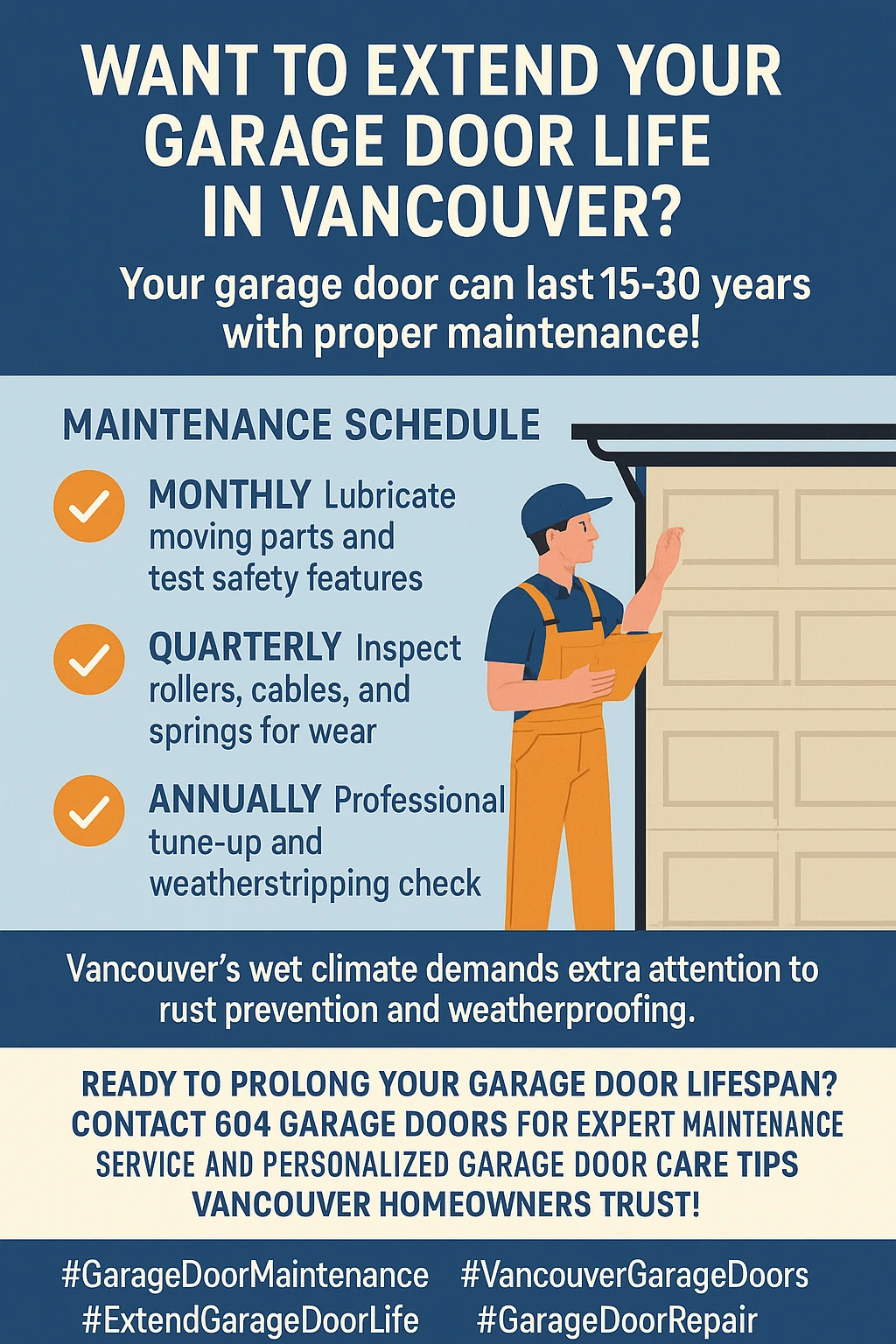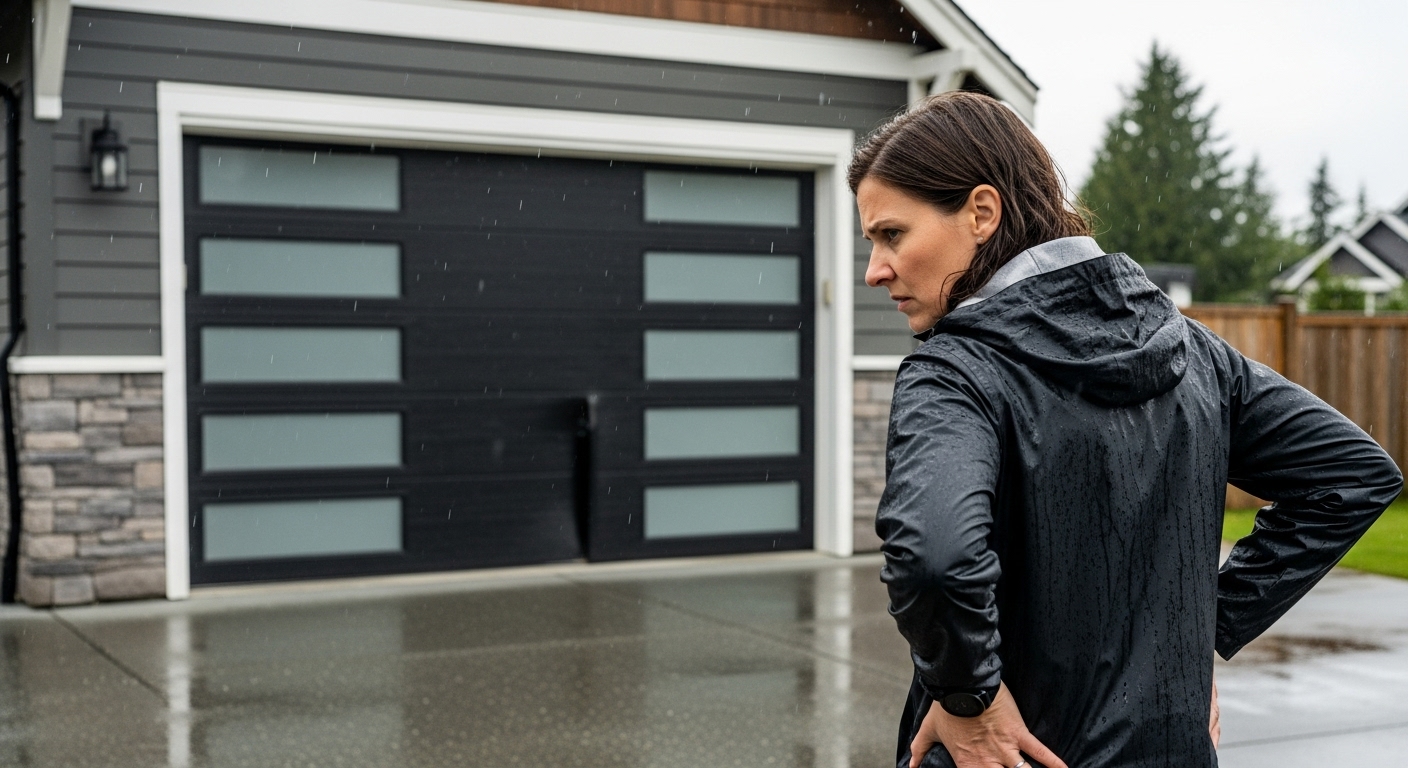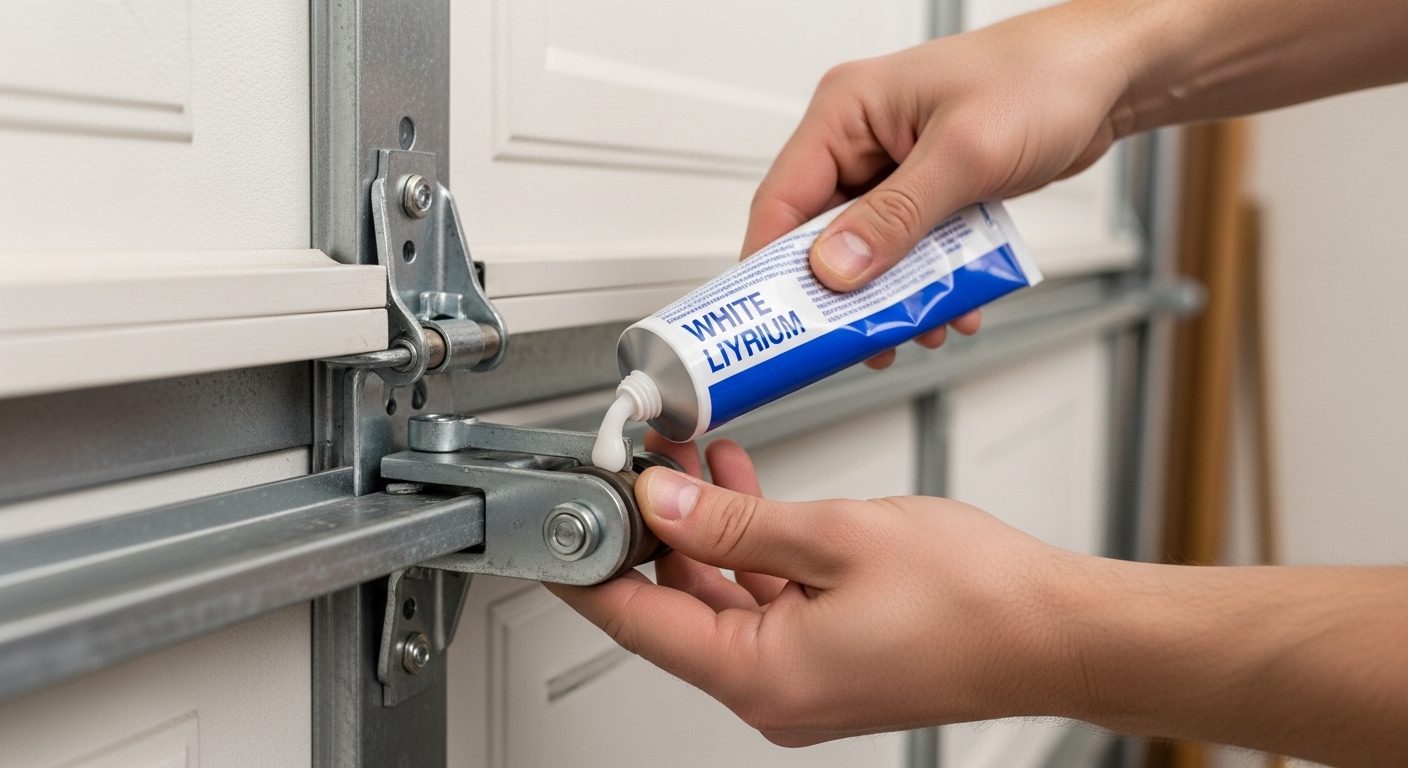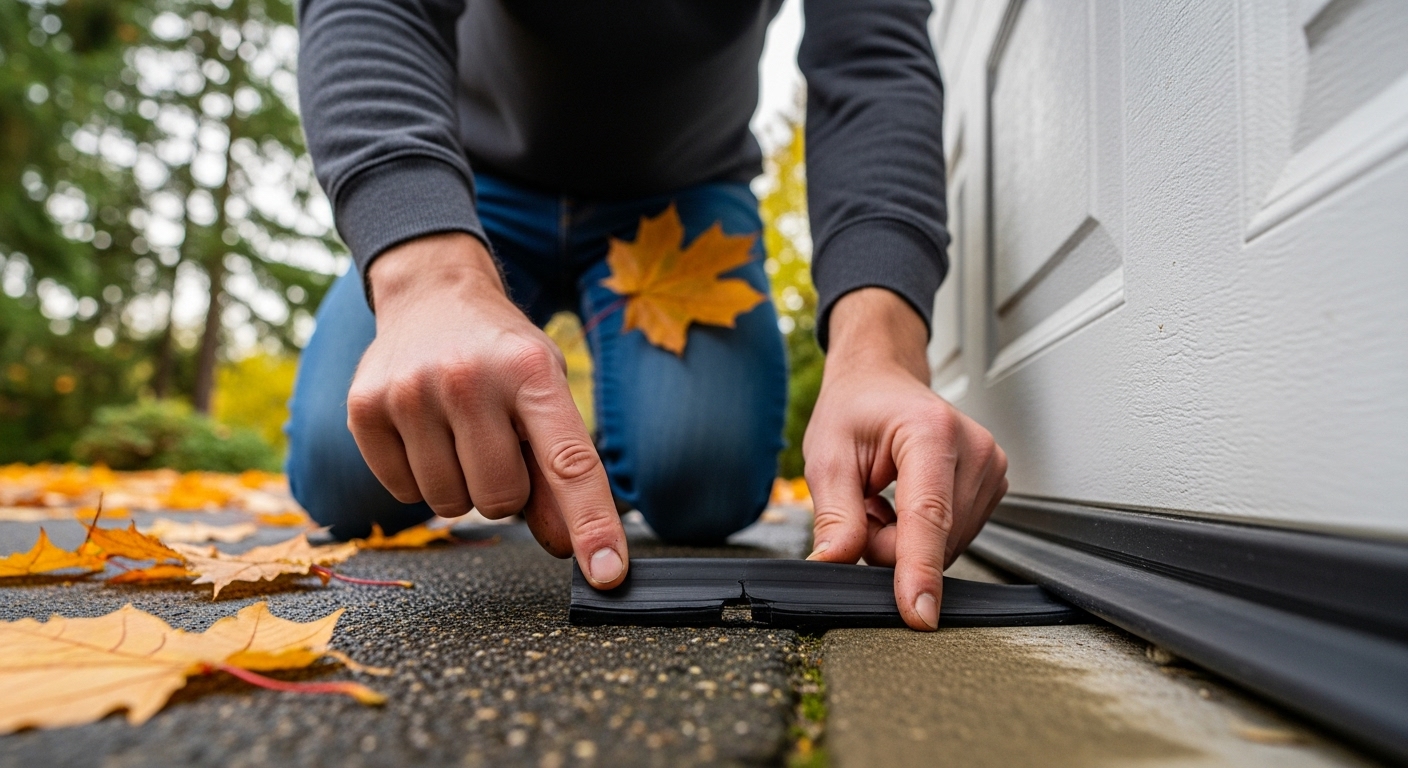How to Extend Your Garage Door’s Lifespan: Vancouver Homeowner’s Complete Maintenance Schedule
Thinking about maximizing your garage door’s lifespan in Vancouver’s challenging climate? Let’s dive into the expert strategies and maintenance schedules that can help your garage door weather the Pacific Northwest for decades to come.
Picture this: you’re rushing out the door on a typical Vancouver morning, the sky threatening another downpour, and your garage door decides to give you the silent treatment. We’ve all been there, and trust me, it’s not the kind of surprise anyone wants when they’re already running late for that important meeting downtown. The thing is, most of these garage door meltdowns are totally preventable with the right maintenance game plan. Living in Vancouver means our garage doors face some pretty unique challenges. We’re talking about a climate that serves up everything from coastal salt air to those dramatic temperature swings that can make your garage door components expand and contract like they’re doing yoga. Add in our infamous rainfall totals, and you’ve got a recipe for accelerated wear if you’re not staying on top of things.
But here’s the good news: with a solid maintenance routine tailored specifically to our West Coast conditions, you can stretch that garage door lifespan way beyond the typical 15-year mark. I’m talking about getting 25, even 30 years out of a quality door when you treat it right. And honestly, considering what a new garage door costs these days, that extra decade of life is worth its weight in BC Hydro savings.
Key Outtakes:
- Most garage doors last 15-30 years, but Vancouver’s wet climate demands specific maintenance to reach the upper range
- Monthly inspections and seasonal adjustments prevent 80% of major failures while saving thousands in emergency repairs
- Torsion springs need replacement every 10,000 cycles (roughly 7-10 years), making usage tracking crucial for planning
- Professional tune-ups cost $150-300 but can double your door’s lifespan compared to neglected systems
- Smart technology integration helps predict maintenance needs and optimize schedules based on actual usage patterns

Understanding Your Garage Door’s Lifespan in Vancouver

Before we jump into maintenance schedules, let’s get real about what we’re working with here. The average garage door isn’t just dealing with regular wear and tear – it’s basically doing battle with Vancouver weather every single day. And that weather? It’s not exactly gentle on mechanical systems.
Most garage doors are designed to last somewhere between 15 and 30 years, but that range isn’t random. It’s entirely dependent on factors like material quality, installation, usage patterns, and – here’s the big one for us Vancouver folks – how well the door handles our specific climate challenges. Steel doors can hit that 30-year mark when they’re properly maintained, while aluminum doors might need replacement closer to the 15-year mark if they’re not getting the TLC they need.
The opener itself is actually the weakest link in most garage door systems. While your door panels might be good for decades, the motor and electronic components typically need replacement every 10 to 15 years. It’s like having a classic car with a modern engine – the body might be solid, but the mechanical bits need more frequent attention.
Now, here’s where Vancouver’s climate really comes into play. Our coastal location means we’re dealing with salt air that loves to corrode metal components. The constant moisture from our legendary rainfall can cause wood doors to swell and warp, while the humidity keeps everything from springs to tracks in a perpetual state of dampness. Temperature fluctuations between seasons cause expansion and contraction that gradually loosens hardware and throws systems out of alignment.
But don’t let this scare you off – understanding these challenges is actually the first step to defeating them. When you know your enemy (in this case, Vancouver weather), you can plan your defense accordingly. And that defense? A rock-solid maintenance schedule that anticipates problems before they become expensive headaches.
Creating Your Comprehensive Maintenance Timeline

Now that we understand what we’re up against, let’s talk about building a maintenance schedule that actually works for real people with real lives. I’m not talking about some theoretical perfect world where you’ve got unlimited time and energy – I’m talking about a practical system you can actually stick to without it becoming another chore you dread.
The foundation of any good garage door maintenance program is consistency, not perfection. It’s better to do simple monthly checks religiously than to plan elaborate quarterly overhauls that you end up skipping because life gets in the way. Think of it like brushing your teeth – small, regular efforts compound into major long-term benefits.
Monthly tasks should be quick and visual. We’re talking about a 10-minute walk-around inspection where you’re looking for obvious signs of trouble. Check the door panels for cracks, dents, or rust spots. Look at the tracks for debris buildup or alignment issues. Test your remote controls and wall switches to make sure everything’s responding properly. Give the weatherstripping a quick inspection for cracks or gaps that could let moisture sneak in.
Every three months, step up your game slightly. This is when you break out the cleaning supplies and give your door panels a good wash with mild detergent. Vancouver’s urban environment means your garage door is collecting more than just rainwater – we’re dealing with road salt in winter, pollen in spring, and general urban grime year-round. A thorough cleaning every quarter keeps these contaminants from eating away at your door’s finish.
This quarterly schedule is also when you want to lubricate the moving parts. Use a silicone-based lubricant on rollers, hinges, and springs. Avoid WD-40 for this – it’s more of a cleaner than a long-term lubricant, and it can actually attract more dirt over time. A few drops of white lithium grease on pivot points and a light coating on springs will keep everything moving smoothly.
Twice a year – ideally in spring and fall – it’s time for more thorough maintenance. This is when you check the tension and alignment of cables, inspect spring condition more carefully, and test all your safety features. The photo-eye sensors that prevent the door from closing on objects need cleaning and alignment checks. The auto-reverse feature should be tested with a small object placed in the door’s path.
Seasonal Strategies for Vancouver’s Climate

Here’s where we get into the tactical stuff that separates Vancouver homeowners from those dealing with more predictable climates. Our seasons each bring their own challenges, and smart maintenance means adapting your approach to what Mother Nature is throwing at you.
Fall preparation is absolutely critical here. As we head into the rainy season, you want to make sure your garage door is ready for months of increased moisture exposure. This means checking and replacing weatherstripping that might have dried out over the summer. Inspect the bottom seal carefully – this rubber barrier is your first line of defense against water intrusion, and a compromised seal can lead to water damage that goes way beyond just the garage door itself.
This is also the time to apply protective treatments to metal components. A light coating of rust-preventive spray on springs, hinges, and brackets can make the difference between components that last through the wet season and ones that start showing corrosion by February. Pay special attention to hardware that’s not galvanized – these are the spots where rust loves to take hold first.
Winter maintenance in Vancouver is more about monitoring than major interventions. The key is staying alert to how temperature fluctuations affect your door’s operation. You might notice the door moving slightly slower on particularly cold mornings, or the remote range might decrease when batteries get cold. These are normal responses, but they’re also opportunities to catch problems early.
Keep an eye on ice formation around tracks and sensors. While we don’t get the brutal freezing that prairie folks deal with, Vancouver’s freeze-thaw cycles can create ice buildup in unexpected places. A little warm water and some patience usually solve these issues, but ignoring them can lead to bent tracks or misaligned sensors.
Spring is payback time for all that winter moisture exposure. This is when you want to do your most thorough inspection of the year. Look for any rust that developed over the wet months. Check for warping in wood doors or panels. Test the balance of your door more carefully – winter moisture changes can affect spring tension in subtle but important ways.
Summer maintenance focuses on taking advantage of our drier months to do deeper cleaning and protective treatments. This is the ideal time for tasks like repainting wood doors or applying protective sealants. The lower humidity means better adhesion for paints and sealers, and you’ve got more predictable weather windows to complete projects without rain interference.
Smart Technology Integration for Modern Maintenance
Let’s talk about bringing garage door maintenance into the 21st century. If you’re still tracking maintenance with sticky notes on the calendar, you’re missing out on some pretty cool tools that can make this whole process way more manageable and effective.
Modern garage door openers with smart connectivity can


